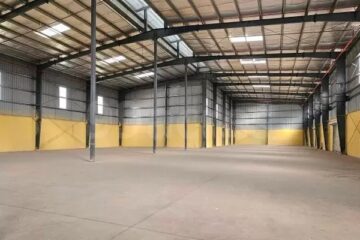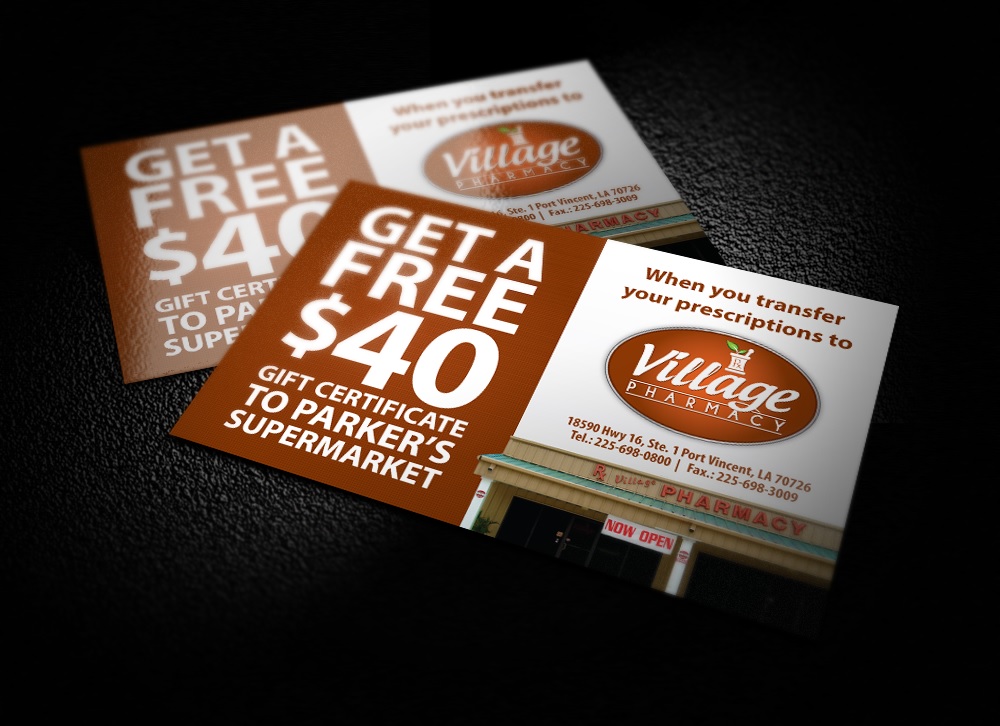Designers can be very creative people. They are always thinking of new ways to make their designs stand out and look more appealing. One way they do this is by using rigid boxes wholesale in their plans. Rigid boxes are containers that set a certain area for text, images, or other content to go inside it. However, designers often make mistakes when using them, leading to later complications with the design.
Five common mistakes that people make:
- Not knowing the difference between fixed and flexible units
When using rigid boxes, you need to ensure your measurements are working in both fixed and fluid widths. Fixed width is when all of the content inside a container has equal spacing between each box (unless negative margins).
- Not understanding the point of a rigid box
Rigid boxes do not always need to be used. If you would like some content to break the boundaries, it is okay to use flexible units. To avoid making your design too complicated, stick with using fixed widths when possible!
- Not utilizing the whole box
Rigid boxes are a great way to make your designs look more appealing, but they can also become overwhelming if you do not use all of the space. Try using smaller font sizes and ensuring appropriate white area surrounding text inside a rigid box, for example!
- Not understanding the implications of a text-inside-a-box
When using rigid boxes, you need to make sure that your lineheight is appropriately set. If it isn’t, then there might be awkward spacing between each line which could cause problems with legibility!
- Not using a grid
A great way to make sure you’re designing with rigid boxes properly is by following the rules of grids. Grids are very popular in website design and help keep everything neat and organized!
In conclusion, rigid boxes are a great way to make your designs look more appealing. However, designers often make some common mistakes when using them, and you need to avoid those!
What are some of the challenges of wealth management in Singapore?
December 11, 2023
Comments are closed.
-
Why Pay Per Lead Advertising is important
August 11, 2017 -
Advantages of Online Advertising
June 14, 2019






